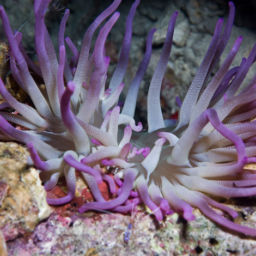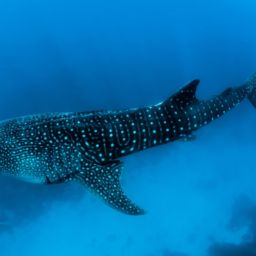Sitting off the coast of Venezuela and surrounded by a marine reserve, Bonaire is a biodiversity hotspot with thriving reefs, wrecks and more than 60 dive sites — but is it open for business? Here’s our guide to diving Bonaire in Covid times and making the most of this world-class shore-diving destination.
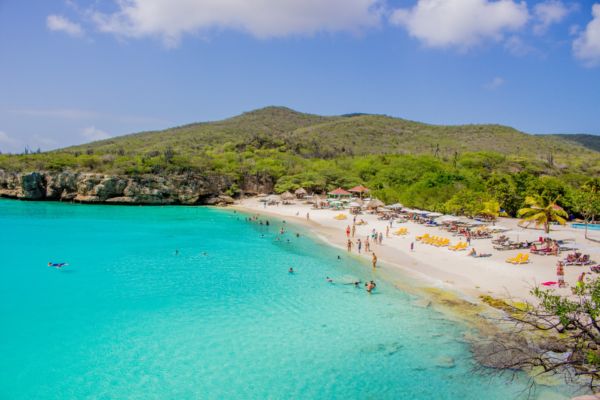
WHAT ARE THE COVID-19 REQUIREMENTS FOR ENTRY INTO BONAIRE?
If you are 13 years or older, you can only travel to Bonaire if you provide a negative Covid-19 test result. Fully vaccinated travelers must also provide a negative result to visit.
All travelers to Bonaire, 0 years and older, must also submit a completed health declaration before departure. A printed copy of the health declaration and Covid-19 test result must be provided at check-in, boarding, and arrival on Bonaire.
Bonaire also advises all travelers to make sure their health insurance will cover the costs of medical care during their stay, including care related to Covid-19.
Travelers who provide a negative Covid-19 test result do not have to quarantine on Bonaire. If you travel to Bonaire without providing a negative test result, you will have to go into quarantine for 10 days at your own expense.
There is a helpful Q&A for travelers to Bonaire on the crisis website of the Public Entity Bonaire.
WHAT ARE THE COVID-19 REQUIREMENTS FOR RE-ENTRY INTO THE USA?
Upon departure for the United States, all travelers (including U.S. citizens and fully vaccinated travelers) must have a negative Covid-19 test result no more than three days before they board their flights to the U.S.
The CDC Bonaire guide outlines what to do after returning to the U.S., including when to self-isolate and when follow-up tests are required.
WHAT IS THE COVID-19 SITUATION IN BONAIRE?
Bonaire is open to travelers and has safety measures in place. Covid-19 infections are decreasing in Bonaire and there were 18 active cases as of May 17, 2021. According to the Reuters Covid-19 tracker, there have been 1,610 infections and 17 coronavirus-related deaths in Bonaire, Sint Eustatius and Saba since the pandemic began.
IS IT WORTH VISITING BONAIRE? IS ANYTHING OPEN?
Absolutely! Diving in Bonaire in Covid times is absolutely worthwhile. Travelers can move about the country freely as long as they comply with Bonaire’s safety measures. Dive centers, restaurants and other facilities are open, making Bonaire a great vacation destination.
WHAT YOU’LL SEE IN BONAIRE AND WHY IT’S WORTH IT
Go diving in Bonaire in Covid times and you’ll be exploring one of the best dive destinations in the world. Rightly known as the shore-diving capital of the world, this gorgeous island has numerous dive sites, offering something for every diver.
Take a short walk into Bonaire’s turquoise waters and you’ll find pristine coral reefs, thriving seagrass beds, fascinating wrecks and mangroves — all of which are bustling with Caribbean marine life.
It’s no surprise that Bonaire is considered the premier Caribbean biodiversity hotspot. The oldest marine reserve in the world, the Bonaire National Marine Park, has protected these waters since 1979. There are hundreds of different fish species on the reefs, plus seahorses, frogfish, nudibranchs and other prized critters. Bonaire’s corals are healthy and eagle rays, dolphins and sea turtles often pass by.
If you love exploring at your own pace or want to combine diving with a family holiday, Bonaire is for you. Either bring your gear or rent some at one of Bonaire’s dive centers, grab a rental truck with room for tanks in the back, and start exploring.
With an arid climate and little rainfall, Bonaire offers year-round diving and exceptionally clear waters. The water temperature rarely falls below 77 F (25 C) and peaks around 84 F (29 C). Visit from December to April to make the most of this island paradise.
Dive Sites
1,000 Steps
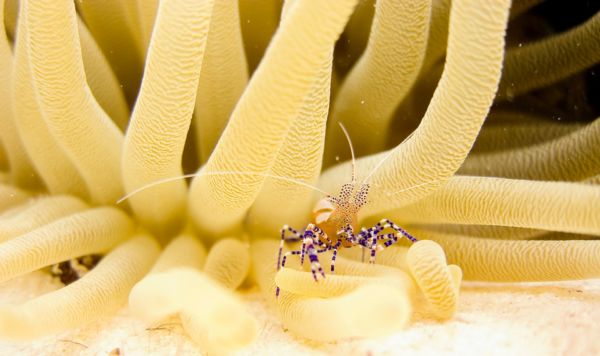
This famous shore dive begins with numerous steps — though it will feel like 1,000 when you’re wearing your gear, it’s not quite so many — down to the beach and is a perfect spot for snorkeling and shallow diving. The waters are clear; there is minimal current; and the beach is idyllic. Dive in and you’ll discover a thriving reef with beautiful corals, numerous fish, barracudas, and passing turtles.
Hilma Hooker
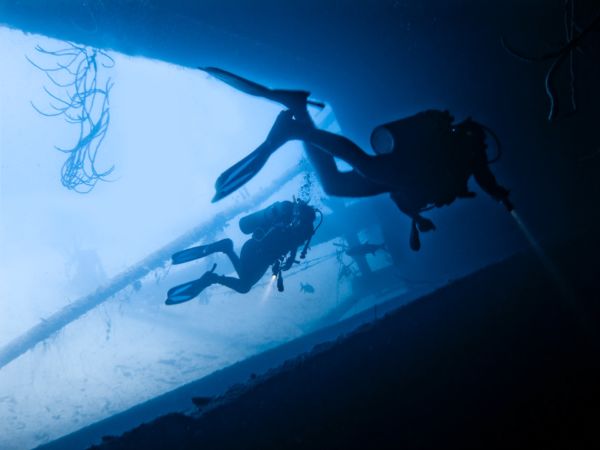
The 236-foot-long (72 m) Hilma Hooker is one of Bonaire’s best-loved dive sites, offering a spectacular wreck for advanced divers. Sitting at around 100 feet (30 m) between two reefs, this freighter is encrusted with marine life and surrounded by huge schools of fish. It is an ideal spot for underwater photographers. There’s a bit of a surface swim to reach the wreck, which is typically also dive-able by boat with your dive center.
Salt Pier
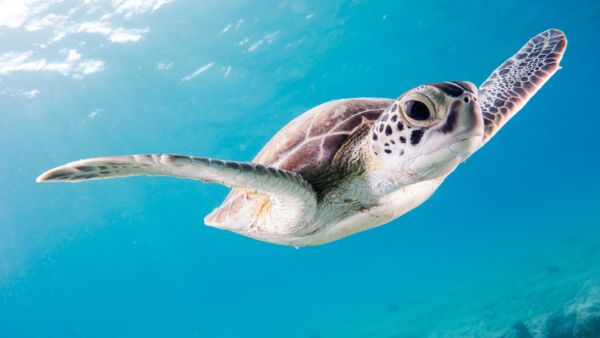
New divers won’t want to miss Salt Pier. It’s an easy and shallow shore dive with pillars covered in vibrant soft corals, hard corals, sea fans and sponges. Large schools of fish surround the pillars and sea turtles glide among the corals.
Karpata
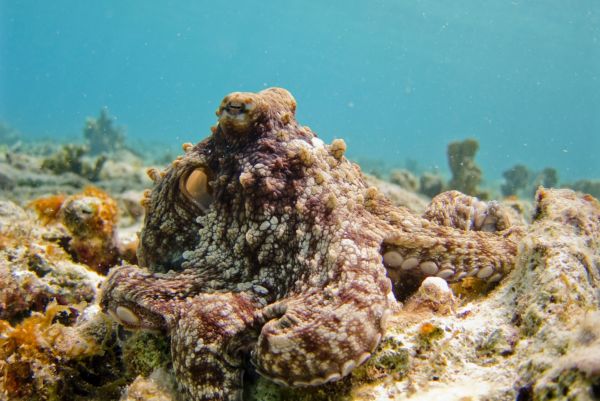
Known for its incredible underwater panoramas, the Karpata dive site is another perfect spot for photographers. The dive starts around 20 feet (6 m) and quickly drops down to 100 feet (30 m). There you will find coral formations and ridges surrounded by fish life and numerous sea turtles. There is also a huge ship anchor embedded in the coral.
Kathryn Curzon, a shark conservationist and dive travel writer for Scuba Schools International (SSI), wrote this article.


